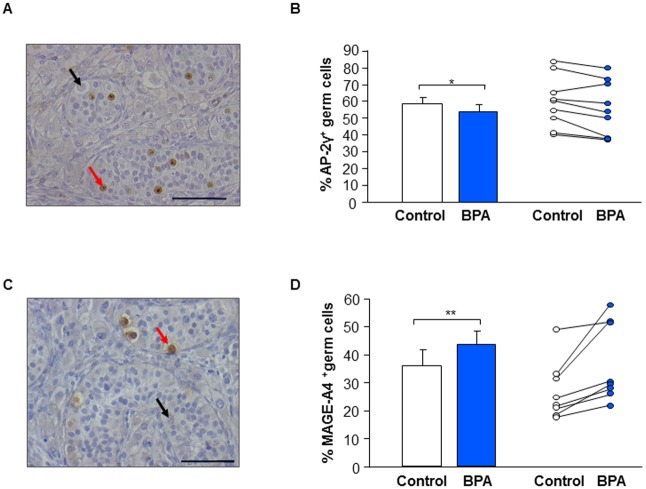Fig 6. Effect of BPA exposure on germ cell differentiation in first trimester human fetal testis xenografts.
Human fetal testes (9.1–11.3 GW) were xenografted into castrate Nude (host) mice. Host mice received vehicle (Control) or 10μM BPA in the drinking water for five weeks. (A) Histological sections of testes after immunostaining for AP-2γ (gonocytes). Positive (red arrows) and negative (black arrows) germ cells can be identified. Scale bar: 60 μm. (B) Quantification of AP-2γ-positive cells displayed as mean ± SEM (n = 9) on the left panel and as individual values with a line drawn between the control and the corresponding BPA-treated testis from the same fetus on the right panel. (C) Histological sections of testes after immunostaining for MAGE-A4 (prespermatogonia). Positive (red arrows) and negative (black arrows) germ cells can be identified. Scale bar: 60 μm. (D) Quantification of MAGE-A4-positive cells displayed as mean ± SEM (n = 8) on the left part and as individual values with a line drawn between the control and the corresponding BPA-treated testis from the same fetus on the right part. Data analyzed using the Wilcoxon paired-test. *p<0.05, **p<0.01.

